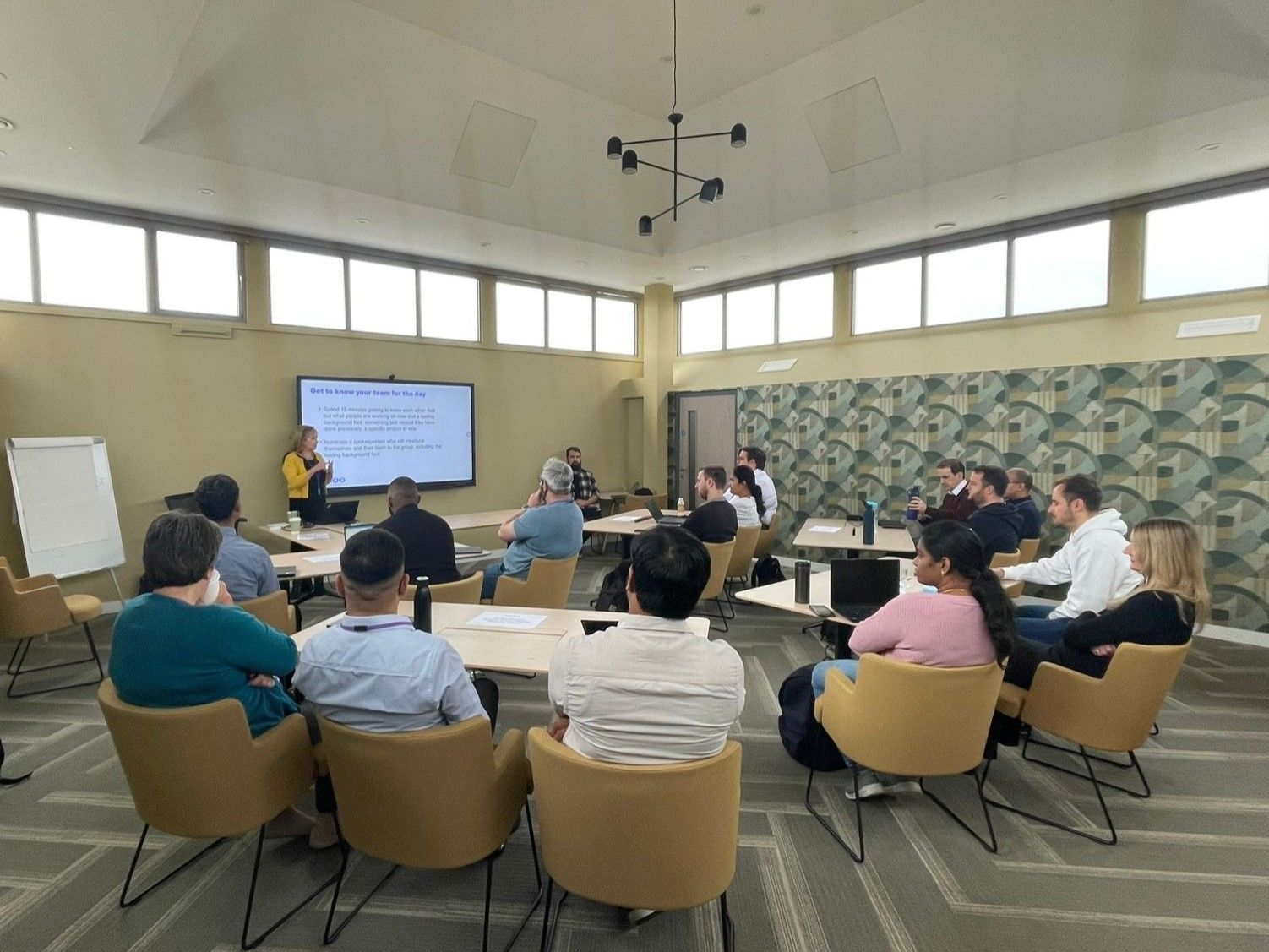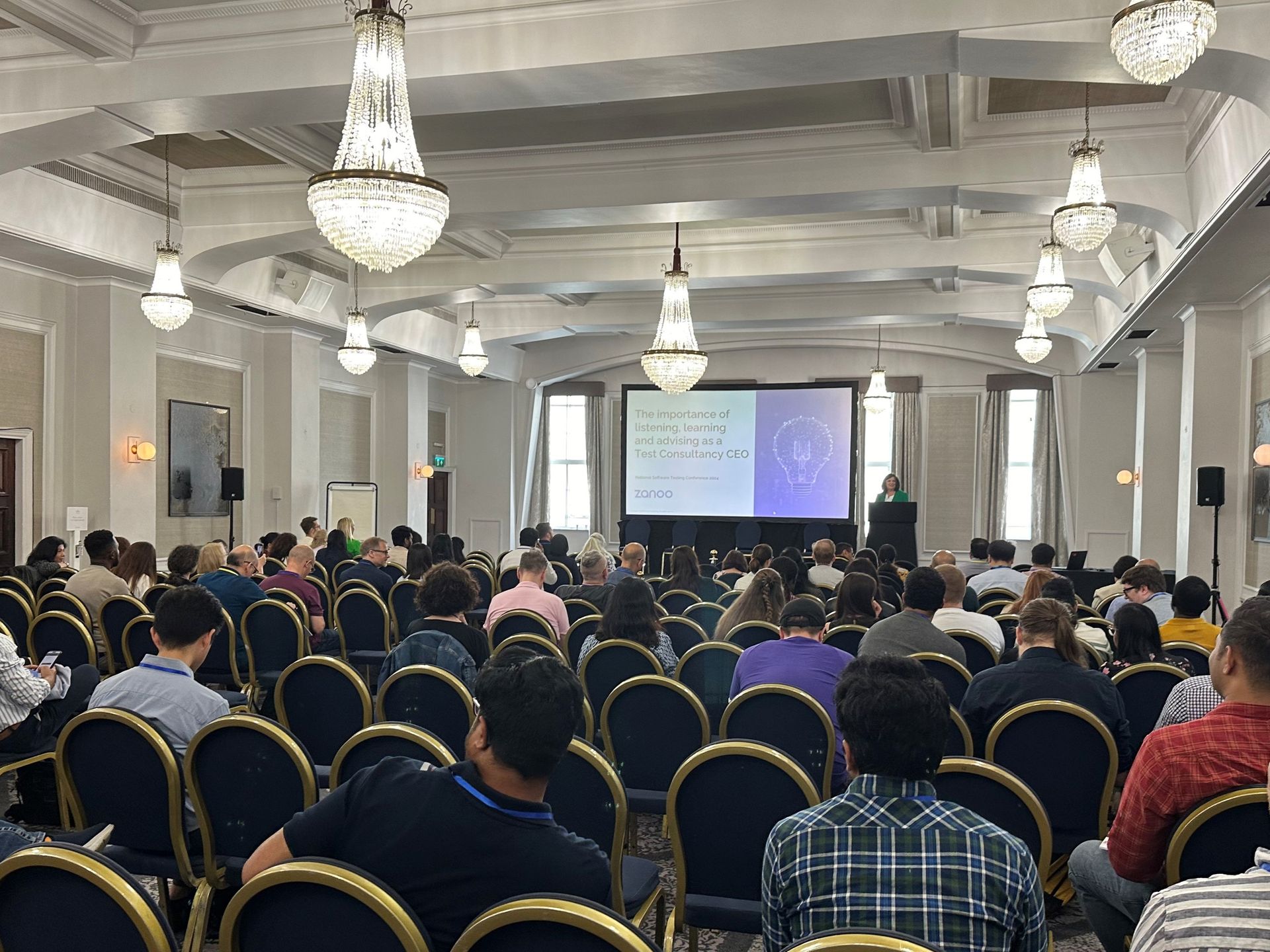Debunking the Myths About Software Testing
Software testing is one of the most misunderstood phases in the development lifecycle. From assumptions about when it’s needed, to who should do it, to how long it should take - there’s no shortage of misconceptions. These myths continue to resurface, leading to costly mistakes and project setbacks. So, let’s set the record straight and bust some of the most common myths around software testing.
Myth 1: “Testing is only about finding defects.”
Yes, finding and fixing defects is a big part of testing but it’s just the tip of the iceberg. Testing goes far beyond bug-hunting. It validates that software meets business needs and user expectations. It evaluates usability, performance, security, and compliance. Ultimately, testing helps ensure that you’re not just building software right, but building the right software.
Myth 2: “We don’t need professional testers, we can use business users.”
Business users are domain experts, but that doesn’t make them testing experts. They're often not available when testing needs to happen, and they may miss issues that a trained eye would catch. Relying solely on business users can delay the project and risk incomplete coverage. Professional testers bring structure, tools, and deep testing knowledge that’s essential to getting it right.
Myth 3: “Suppliers will deliver defect-free systems, so we don’t need extra testing.”
Even the most reputable suppliers can’t guarantee a defect-free product out of the box. While suppliers usually conduct internal testing, it's often limited to unit and system testing. What’s usually missing? System integration testing, user acceptance testing, and non-functional testing - all of which are critical, and all of which benefit from an independent testing team that brings fresh perspective and rigour.
Myth 4: “Testing delays projects and it takes too much time.”
Skipping or rushing testing might save time upfront but it can cost you dearly later. Testing helps ensure that requirements have been correctly implemented and that software behaves reliably. Skimping here can mean defects in production, costly rework, reputational damage, or worse. Think of testing not as a delay, but as an investment in quality that keeps your project (and business) on track.
Myth 5: “We’ll start thinking about testing once execution is due to commence.”
Testing shouldn’t be an afterthought. It should be baked into your project from day one. When testing is left too late, requirements often need to be clarified or reworked, and timelines suffer. By involving testers early - in planning sessions, requirement workshops, and design discussions - you unlock a huge value add. Testers ask the right questions, challenge assumptions, and help shape testable, robust requirements from the outset.
Got another testing myth you want to explore? Want to understand how we can help improve your testing approach? Get in touch today:
📧 Email us:
info@zanoo.co.uk









